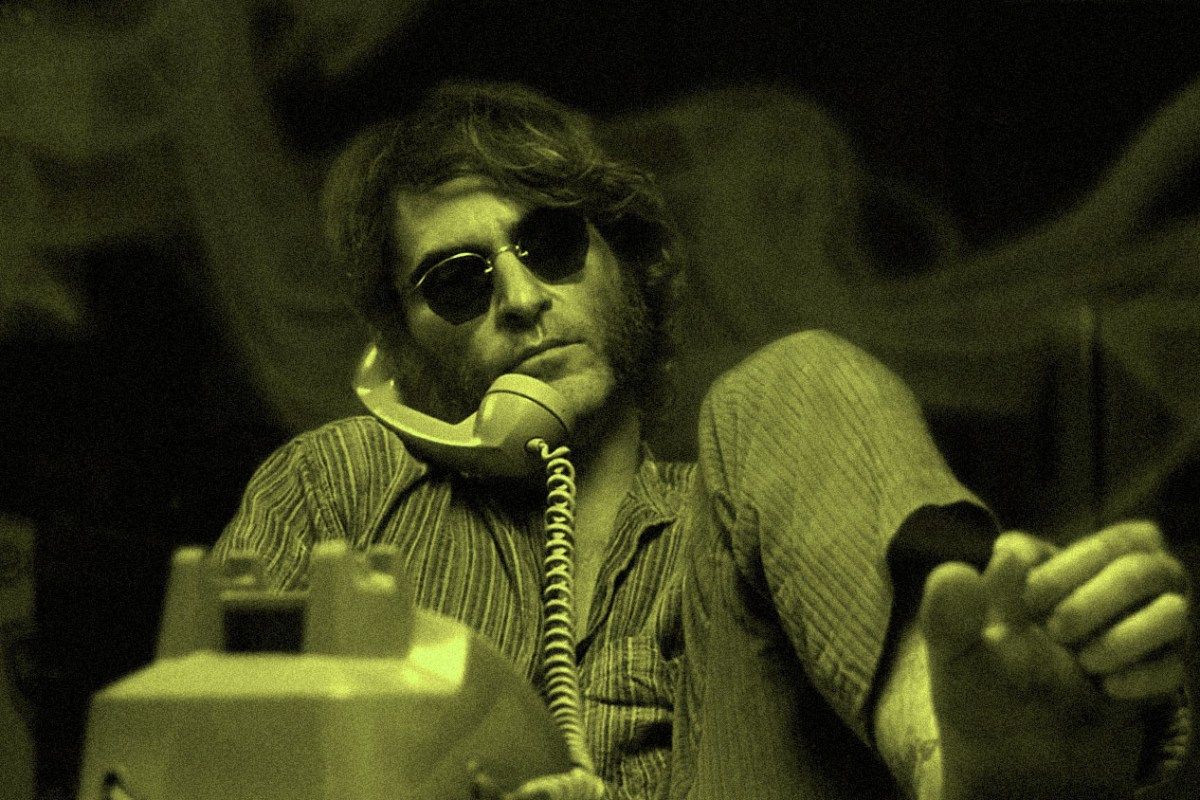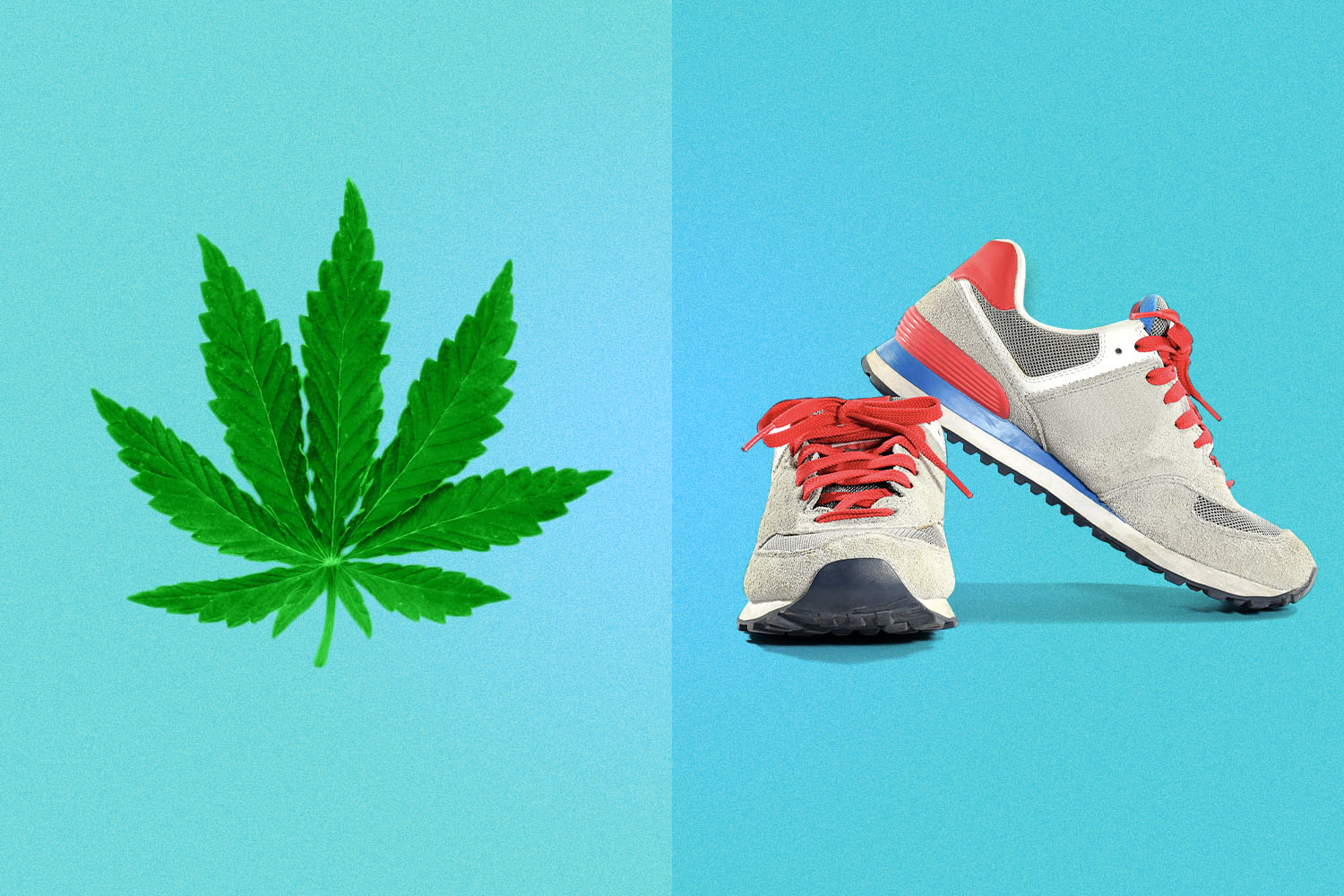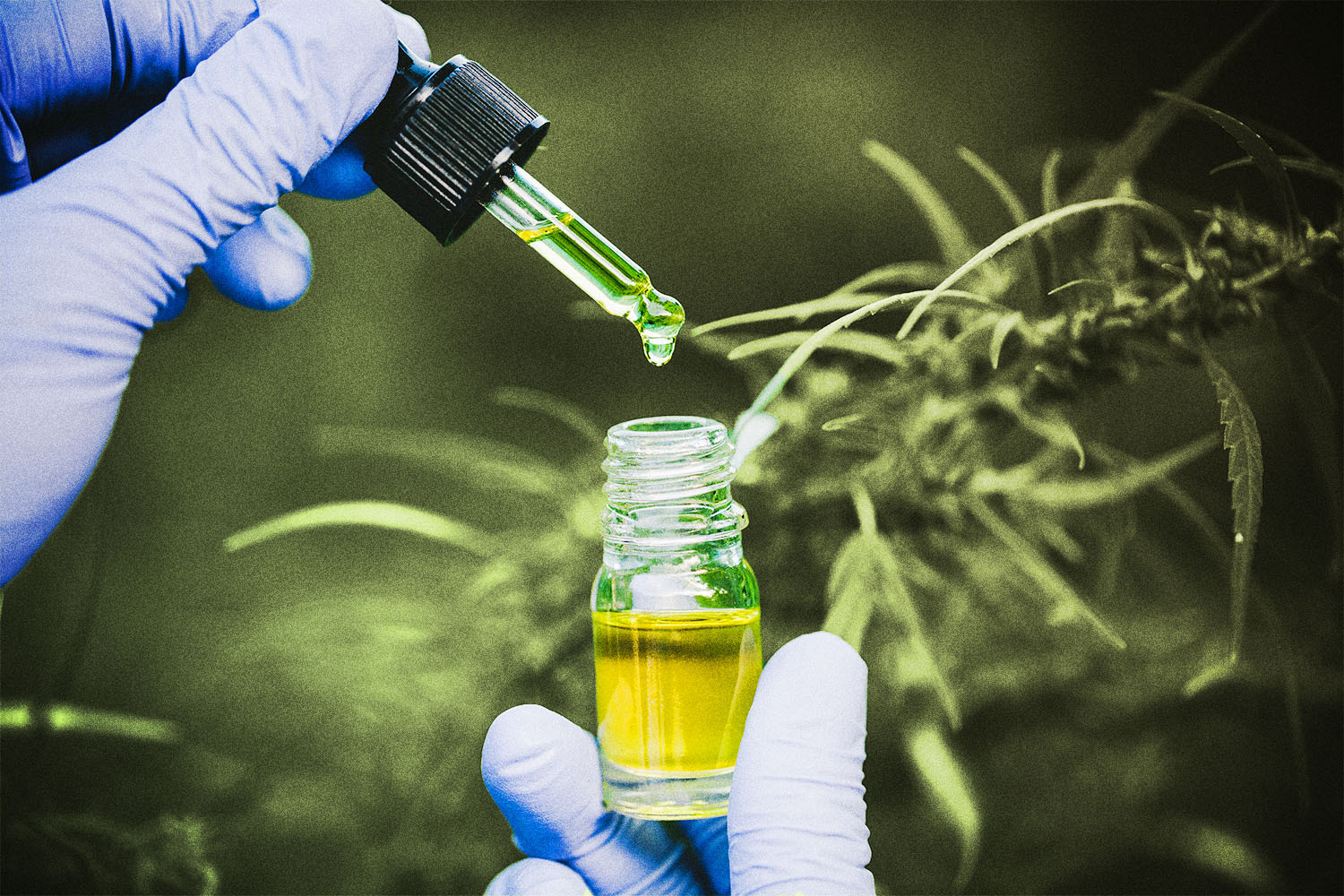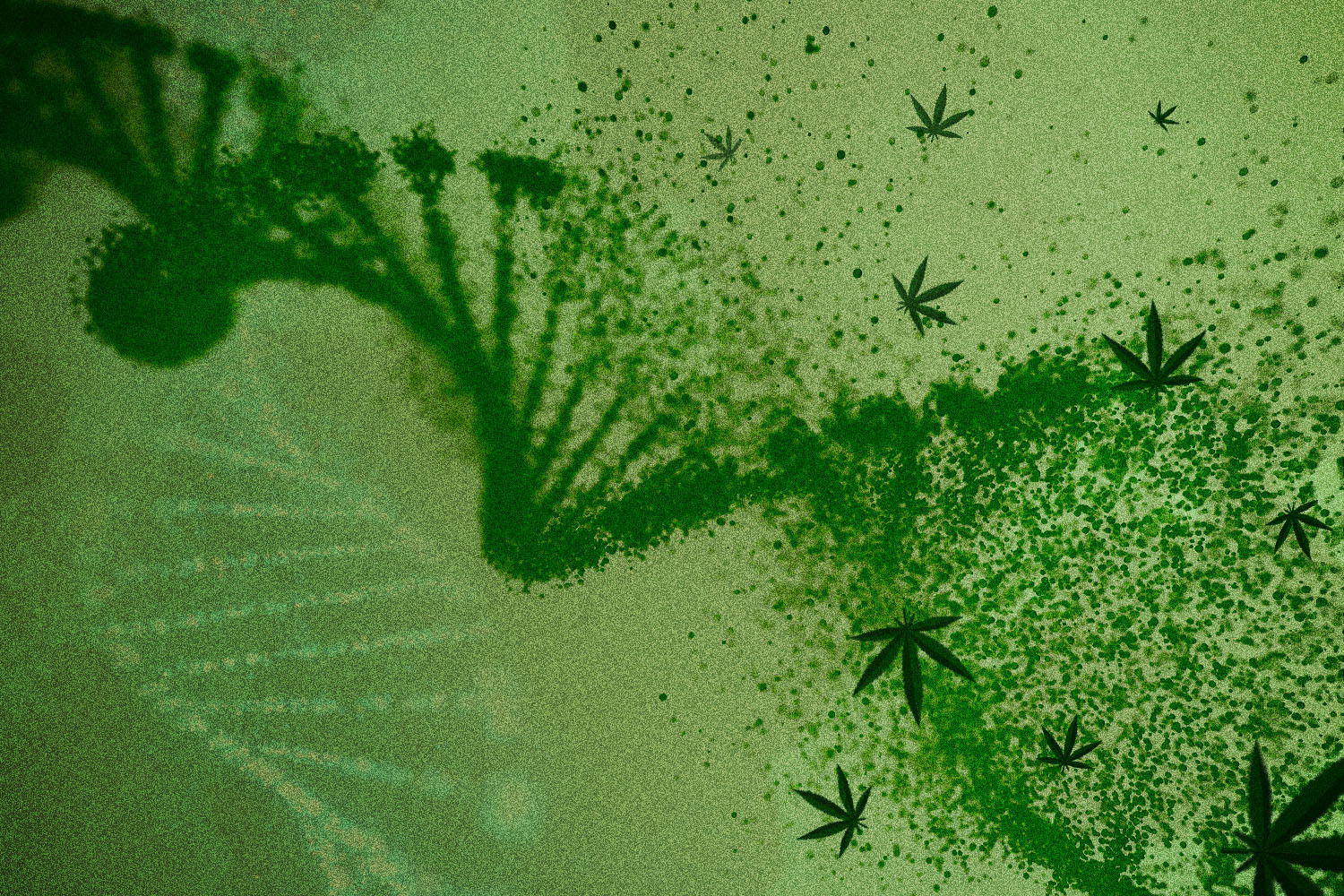What do you picture when somebody mentions “noir” to you? There’s likely a private detective who’s much more brilliant than he lets on, a woman (or a dame, or a bird, or whatever you want to call her) with a dark backstory she doesn’t want to tell, and, maybe most notably, drinking. Booze plays a big part in the noir setup, from Philip Marlowe drinking Gimlets in The Big Sleep to how every classic film-noir seems to involve an ensemble cast of functioning alcoholics. Think of Key Largo from 1948: while Bogie, Bacall and the rest of the cast are stuck in a hotel during a storm, most of the film’s action takes place in a bar. This is not unique: Martini glasses, Champagne flutes and half-emptied bottles of whiskey adorn the sets of almost every black-and-white film that involves a murder and a femme fatale. For decades, it was hard to watch or read any crime fiction without wanting a bourbon neat by your side.
More recently, something changed. A greater cultural shift happened. I’m not exactly sure where or when it took place, but the 1973 Robert Altman adaptation of The Big Sleep had something to do with it. Chinatown coming out a year later probably did as well. Both those films are hazy, slower-paced. They look cloudy. There’s something almost, well, stoned about them. But calling them stoner movies might be a bit of a stretch; having weed in your films in the early-1970s usually connected your movie to the counterculture in some way, and that wasn’t always the desired impact some filmmakers wanted, so the blazed hero didn’t really become a thing until Cheech and Chong went looking for weed in 1978’s Up in Smoke.
That movie had an interesting effect on the world of cinema: afterward, you started seeing joints smoked by everyday people, and not just hippies and burnouts. Kids would smoke weed in movies about debauchery at a summer camp. The hot girls walking down the hall in Sixteen Candles shared a joint. Dennis Quaid hopped out of the shower in Postcards from the Edge and took a few quick puffs. By the 1990s, it felt like every third movie had weed in it. It was still illegal, of course, but seeing it in a film or reading about it didn’t really carry the same shock value it might have in previous decades.
That brings us to today. Only a handful of states haven’t legalized, decriminalized or, at the very least, made medical marijuana legal. I can walk out of my apartment in Brooklyn, rip a bong hit in front of a cop and I won’t get arrested. It’s weird as hell, but weed is pretty normal now.
Which brings me back to the start, and something I started thinking about it while reading A Man Named Doll by Jonathan Ames: the main character smokes weed throughout the book, but also lives in California, which is probably the most weed-friendly state in America. Smoking weed is just something he does, like Marlowe drinking a Gimlet or the rich guy who you know did the crime drinking a whiskey neat in his study while he’s interrogated by a detective. As I flipped the book, a light flickered on: the stoner noir was no longer a novelty — it was the new norm.
But what is stoner noir, exactly? Does the protagonist have to be in a haze throughout the story? Does weed even need to be involved in the book? Is it something about the cinematography in a film? The answer is it could be any of those things. But to make things easier, I’ve put together this little guide to understanding the key elements of a fledgling genre.
The Slacker
The top tier of stoner noir always features a protagonist who lives life at their own deliberate pace, and the first thing that comes to mind is The Big Lebowski. The Coen brothers’ 1998 classic is, in my mind, the peak of stoner noir. It’s got all the classic noir elements you could ask for (the film is loosely inspired by The Big Sleep), but it is also about a dude (The Dude) just sort of drifting through life, drinking his White Russians, bowling and doing the occasional J. He’s caught in the middle of a weird set of circumstances, but he’s so burnt out from the weed resin in his brain that it takes a lot for him to process it.
If you’ve seen The Big Lebowski a hundred times, I promise you can see it again. It’s still great. But if you want to read something instead, I got a somewhat similar vibe from Jay Caspian Kang’s 2013 novel The Dead to Not Improve. Unlike Lebowski, the characters aren’t smoking weed any chance they get. But like Lebowski, there’s a somewhat relaxed-while-things-are-askew vibe to the novel that, thankfully, doesn’t move at a stoned pace. It’s a fun, funny read with characters who are just doing their jobs and trying to make it through the day but somehow end up in this wild story. There’s also some surfing in it, which brings me to the next one …
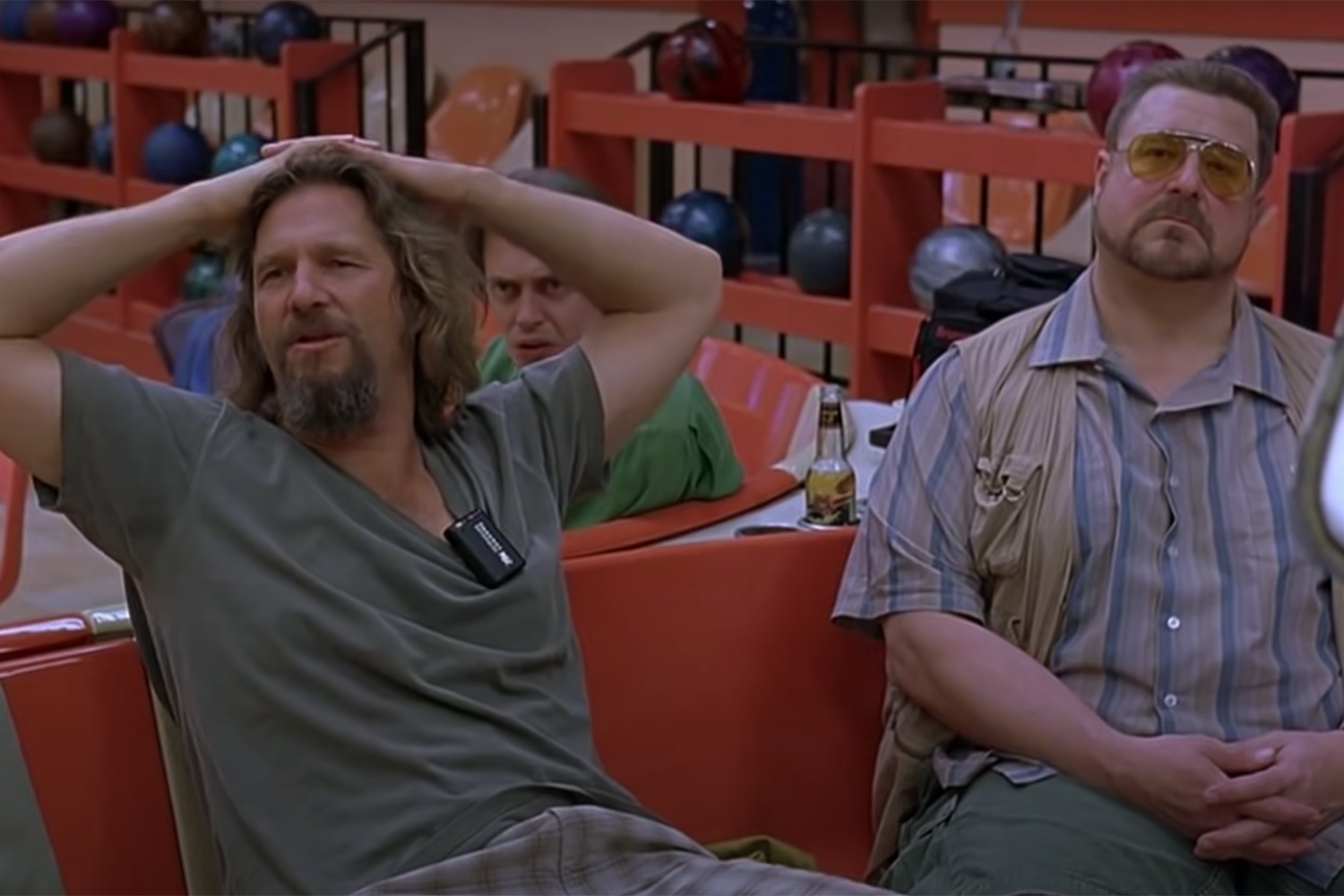
The Beach
A guy hanging out on the beach isn’t really a trope, per se, but when it’s I. M. Fletcher, otherwise known as Fletch, it has a specific feel. The 1974 novel that was turned into a 1985 comedy classic starring Chevy Chase takes the chilled-out Cali milieu of Lebowski and imbues them with a more smart-ass sensibility. Again, pot doesn’t need to be smoked throughout a book for it to be considered stoner noir, but there is something about the first Fletch book that makes me think the main character probably enjoyed his share of joints when he wasn’t deep undercover on a story. Again, it’s a vibe that makes something stoner noir, and Fletch has it.
Did I Mention Los Angeles?
Something that does tie a few of these titles together is location, and that location — just like so many of the film noirs that graced cinemas in the ’40s and ’50s — is Los Angeles. Another perfect example is Thomas Pynchon’s most straight-ahead (or as straight-ahead as the Gravity’s Rainbow author can get) 2009 novel Inherent Vice, which was adapted for the screen by Paul Thomas Anderson in 2014. I mean, hippie private dick who lives in a beach house in 1970? That right there should tell you all you need to know. And while I wouldn’t suggest picking up the book while high (it is Pynchon, after all), the film version does have a sort of midnight-movie vibe to it where getting a little high beforehand might add to the experience.
Denis Johnson’s “Inept, Repugnant” Classic
People did not love Denis Johnson’s Already Dead when it came out in 1997. Just read Michiko Kakutani’s New York Times review to get what I’m talking about. This is a weird book that, truth be told, I love. It’s got drifters, an assassin who writes poetry and a rich guy who grows weed. It’s got a lot of the philosophical mumbo jumbo you might hear a stoned college freshman rattling off in a dorm room, except it works because Denis Johnson was writing it. And everybody in this book is empty — the whole thing has sort of a numbness to it that you may have experienced yourself if you’ve ever gotten wickedly high. Sometimes that’s a nice feeling, but when it’s a constant, like you get with the characters in Already Dead, it’s pure darkness.
Another thing that weaves all these works together is that seeing a 2021 version of any of them is tough. There could be a new novel or film set in 1972 or 1983 or even the present day that generally has the feel of any of the books or movies mentioned, but our culture has changed so drastically in the last few years when it comes to weed that the baked feeling you get when watching or reading something will likely be just that: a feeling, and a nostalgic one at that. A Man Named Doll, the book that kicked this whole thing off, isn’t a book that runs on weed, just like how marijuana hardly comes up in a few of the titles mentioned throughout this list. But it’s there, merely a part of the scenery, which makes me think that the stoned sensation you get from picking up certain books or watching certain movies will become more regular as time goes on. This little selection represents work from a very narrow window of a half-century or so when our culture still saw weed as something dangerous, something for outsiders, something that you did in secret. My how times have changed.
This article was featured in the InsideHook newsletter. Sign up now.
